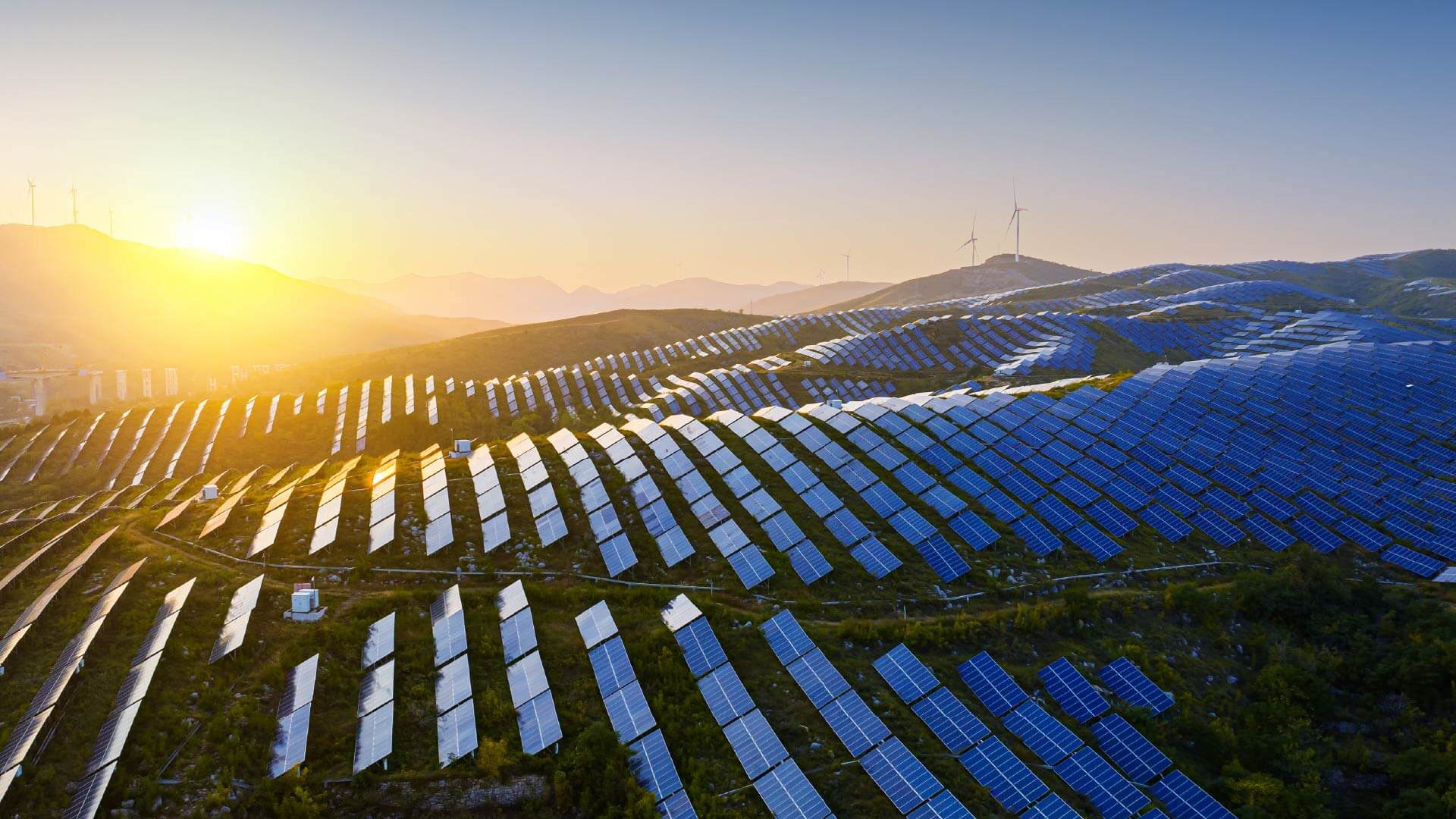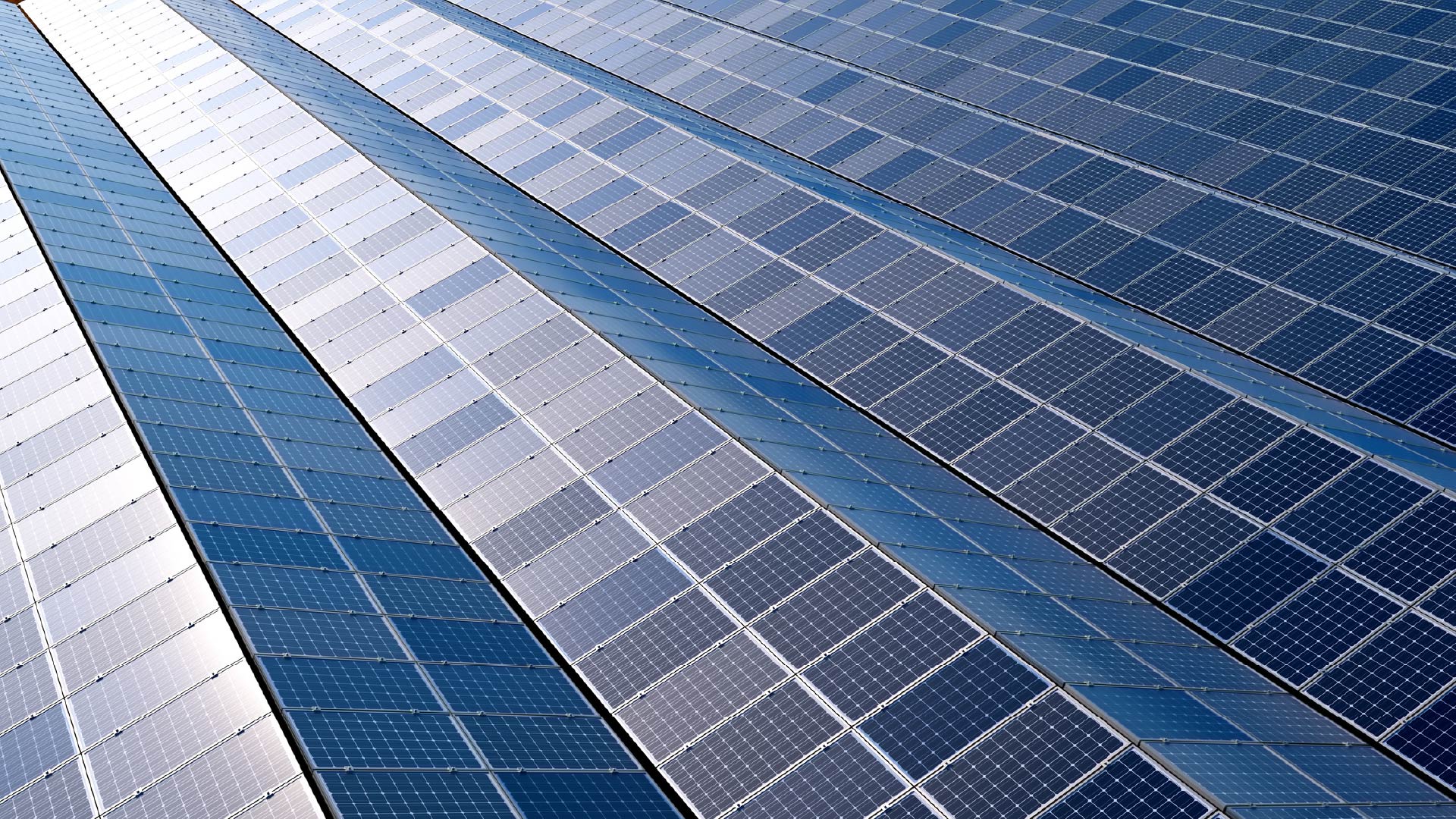Market Overview: Carbon Dioxide Removal Technologies
14 Dec, 2023
Access this research
Access all Corporate Energy Leaders content with a strategic subscription or buy this single report
Need help or have a question about this report? Contact us for assistance
Executive Summary
As the voluntary carbon market (VCM) reels from unprecedented reputational damage, sustainability leaders have identified carbon dioxide removal (CDR) credits as a new investment opportunity for climate mitigation. Consequently, a raft of new technologies that seek to capture carbon directly from the atmosphere have emerged, representing attractive new opportunities for buyers. This report helps senior executives in charge of decarbonization and carbon credit procurement strategies understand the current state of the CDR technology landscape, and seeks to reveal the scalability potential of novel technologies as climate mitigation levers.
Carbon dioxide removals promise all the benefits of carbon credits without the risks
Carbon dioxide removal (CDR) projects aim for permanent emission reductions
CDR technology can play a pivotal role in reducing global warming
Corporate investment in carbon removals soars, amid volatile voluntary market conditions
CDR buyers face significant challenges to their efforts to drive permanent climate action
The carbon removal technology landscape
Direct air capture (DAC) is a new frontier for emissions action
Until 2030, DAC will be the highest-quality offset, but the smallest by volume
Enhanced rock weathering (ERW) technologies store carbon permanently across land and sea
ERW supports land-intensive industries
ERW requires significant methodological support to scale
Biochar carbon removal (BCR) durably stores carbon and enhances soil quality
BCR uses waste agricultural products to generate carbon offsets
BCR is a proven technology – but is far from industrialized
Nature-based carbon removal (NBCR) solutions are a mature option for credit buyers
Nature-based solutions provide significant opportunities for atmospheric carbon removal
Nature-based solutions are mature and bring significant co-benefits
Systemic challenges facing the CDR market will resolve by 2030
Carbon dioxide removal (CDR) projects aim for permanent emission reductions
CDR technology can play a pivotal role in reducing global warming
Corporate investment in carbon removals soars, amid volatile voluntary market conditions
CDR buyers face significant challenges to their efforts to drive permanent climate action
The carbon removal technology landscape
Direct air capture (DAC) is a new frontier for emissions action
Until 2030, DAC will be the highest-quality offset, but the smallest by volume
Enhanced rock weathering (ERW) technologies store carbon permanently across land and sea
ERW supports land-intensive industries
ERW requires significant methodological support to scale
Biochar carbon removal (BCR) durably stores carbon and enhances soil quality
BCR uses waste agricultural products to generate carbon offsets
BCR is a proven technology – but is far from industrialized
Nature-based carbon removal (NBCR) solutions are a mature option for credit buyers
Nature-based solutions provide significant opportunities for atmospheric carbon removal
Nature-based solutions are mature and bring significant co-benefits
Systemic challenges facing the CDR market will resolve by 2030
Figure 1. The reduction, removal and avoidance trifecta
Figure 2. CDR capture processes
Figure 3. CDR storage processes
Figure 4. CDR technology can play a pivotal role in reducing global warming
Figure 5. Corporate CDR purchases rise dramatically in 2023
Figure 6. The nature and engineered divide in CDR
Figure 7. CDR credit volume is inversely linked to storage longevity
Figure 8. Prominent DAC providers in 2023
Figure 9. Prominent ERW providers in 2023
Figure 10. Prominent BCR providers in 2023
Figure 2. CDR capture processes
Figure 3. CDR storage processes
Figure 4. CDR technology can play a pivotal role in reducing global warming
Figure 5. Corporate CDR purchases rise dramatically in 2023
Figure 6. The nature and engineered divide in CDR
Figure 7. CDR credit volume is inversely linked to storage longevity
Figure 8. Prominent DAC providers in 2023
Figure 9. Prominent ERW providers in 2023
Figure 10. Prominent BCR providers in 2023
1PointFive, Airbus, Albion Capital, Alphabet, Amazon, BCG, BlackRock, Carbfix, Carbo Culture, Carbofex, Carbon Cycle, Carbon Engineering, Carbon Recycling International, CarbonCapture, CDR.fyi, Charm Industrial, Climeworks, Colt Technology Services, COmON Foundation, Ebb Carbon, EcoAct, ECOERA, Eion Carbon, European Biochar Certificate, Frontier, Greensand, Heirloom, Houston Astros, Houston Texans, InPlanet, International Biochar Initiative, International Energy Agency (IEA), Ithaka Institute, JPMorgan Chase & Co., Klarna, Land Life Company, Lithos Carbon, McKinsey & Company, Meta, Microsoft, Nature, Novocarbo Biochar, Occidental Petroleum, Onnu, Ørsted, Pacific Biochar, Peugeot, Pledge, Project Drawdown, Puro.earth, Removr, Shopify, Silicate Carbon, Softwire, South Pole, Stripe, Swiss Re, Sylvera, Taskforce on Nature-related Financial Disclosures (TNFD), TD Securities, The Nature Conservancy (TNC), The State of Carbon Dioxide Removal, UBS, UN Framework Convention on Climate Change (UNFCCC), UN Intergovernmental Panel on Climate Change (IPCC), UNDO Carbon, US Environmental Protection Agency (EPA), Verra, Vestre, Viridios AI, Wakefield Biochar, World Resources Institute (WRI), Zendesk
About the Authors

Connor Taylor
Principal Analyst
Connor is a Principal Analyst at Verdantix. He focuses on delivering research to help senior executives navigate decarbonization decision-making and build effective strategies...
View Profile
Ryan Skinner
Research Director
Ryan is a Research Director at Verdantix, where he leads a team of analysts delivering research, data and advisory services that help clients navigate the fast-evolving landsc...
View Profile








